-
Apple Blossom Time
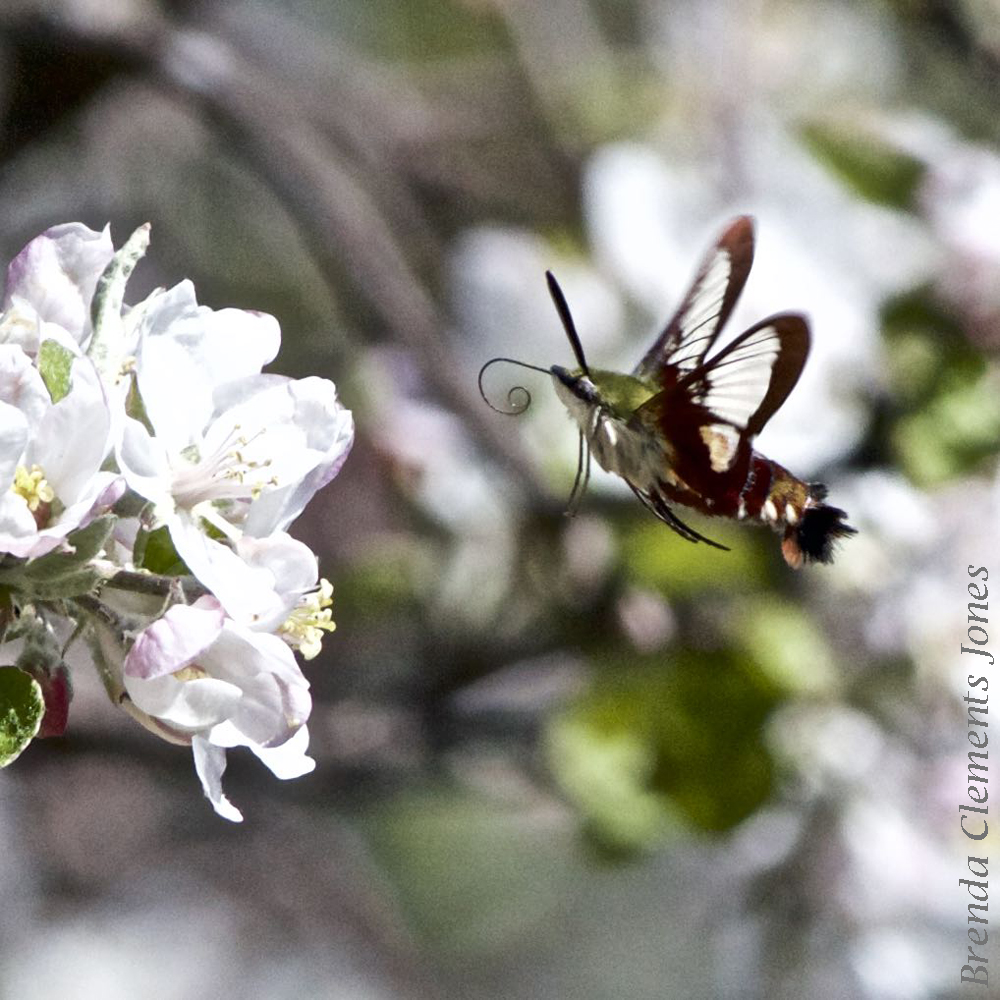
Apple trees at the moment are a huge puff of snow white and soft pink. A delight for pollinators gathering to make the trees buzz with excitement. This pollinator, above, is a Tiger Swallowtail (Papilio glaucus). Two Spicebush Swallowtails (Papilio troilus). A Silver-spotted Skipper (Epargyreus clarus). A Nessus Sphinx Moth (Amphion floridensis). And looking quite…
-
Purple Coneflower
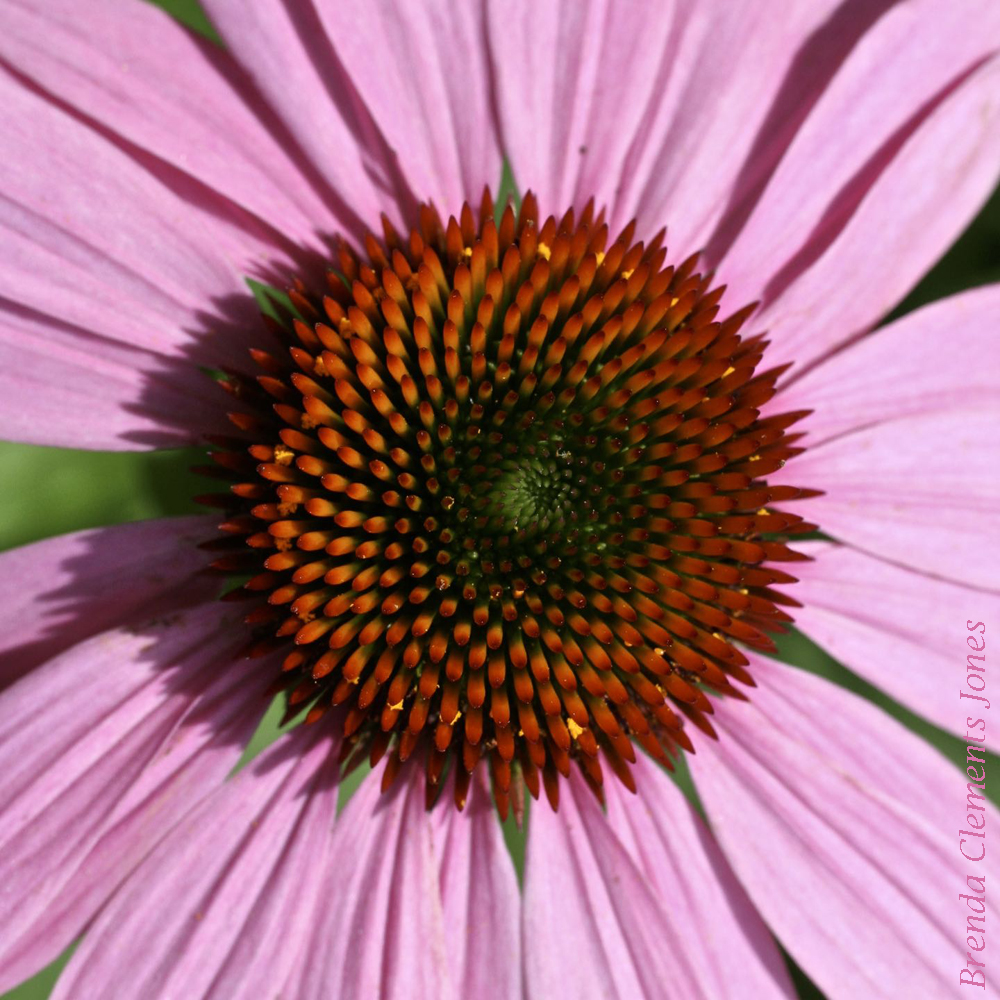
Purple Coneflower (Echinacea purpurea). Native to central to southeastern United States. Pollinators love the flowers. Leave the seedheads over the winter for Goldfinches who will gather for a snack of seeds. And then for the math/nature nut there is the Fibonacci spiral of the disk florets that become those seeds.
-
Gray-headed Coneflower
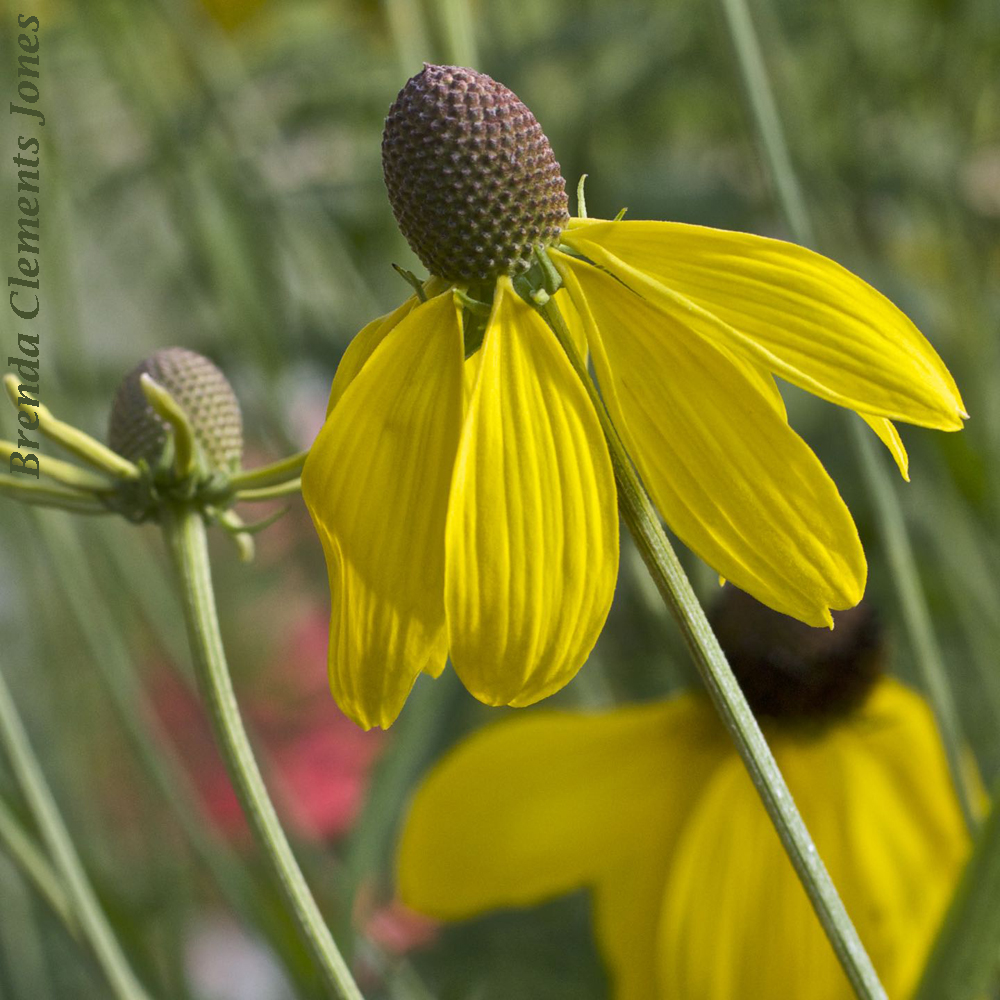
July, and the hillsides that are my gardens are brilliant with the happiest of yellow thanks to Gray-headed Coneflower (Ratibida pinnata). Native to central and eastern North America. A herbaceous perennial plant that can be as tall as four or five feet, and quite narrow. Tall and spindly. But in a mass planting they’re a…
-
American Germander
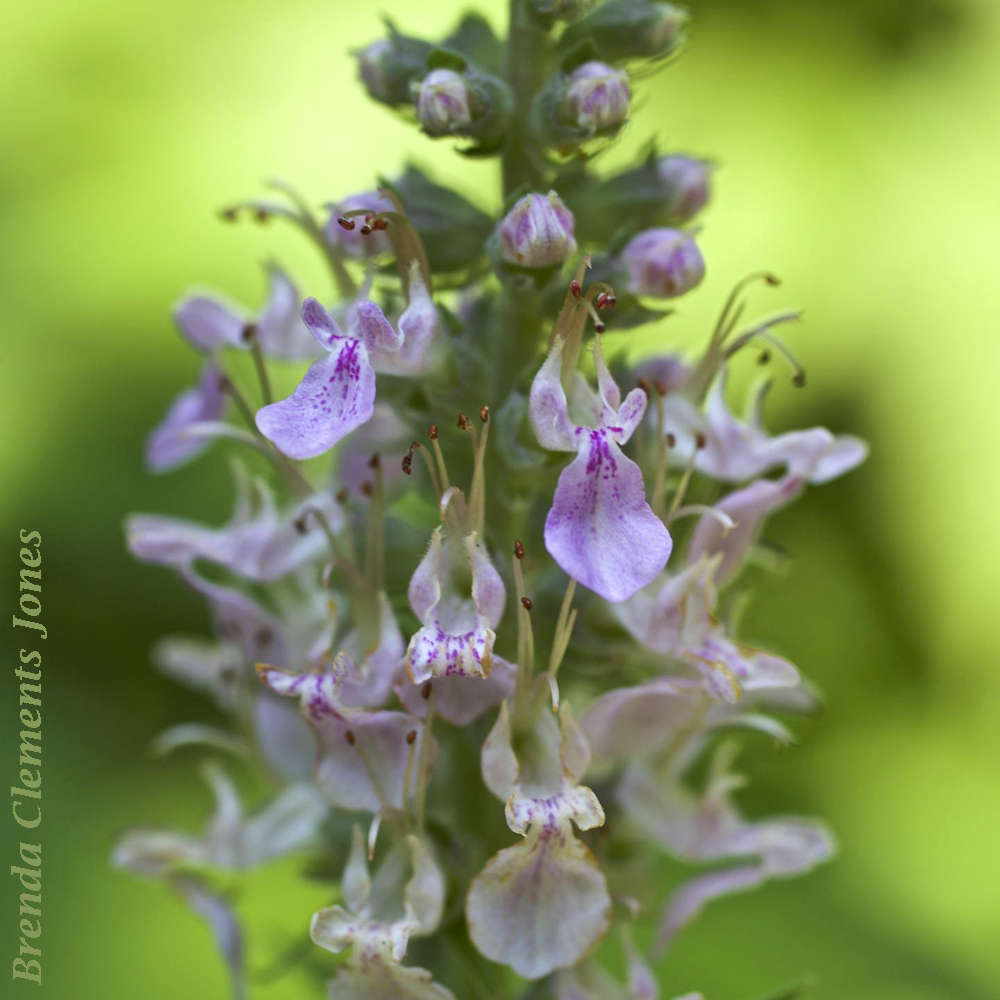
Native to all 48 of our contiguous states and a good bit of Canada too. An herbaceous perennial in the mint family American Germander (Teucrium canadense). Opposite leaves, squarish stem. Typical of the mint family. You’ll find Bees of the long-tongued sort, Hummingbird Moths, and Hummingbirds them selves, as pollinators. And if you’re looking for…
-
White Turtlehead
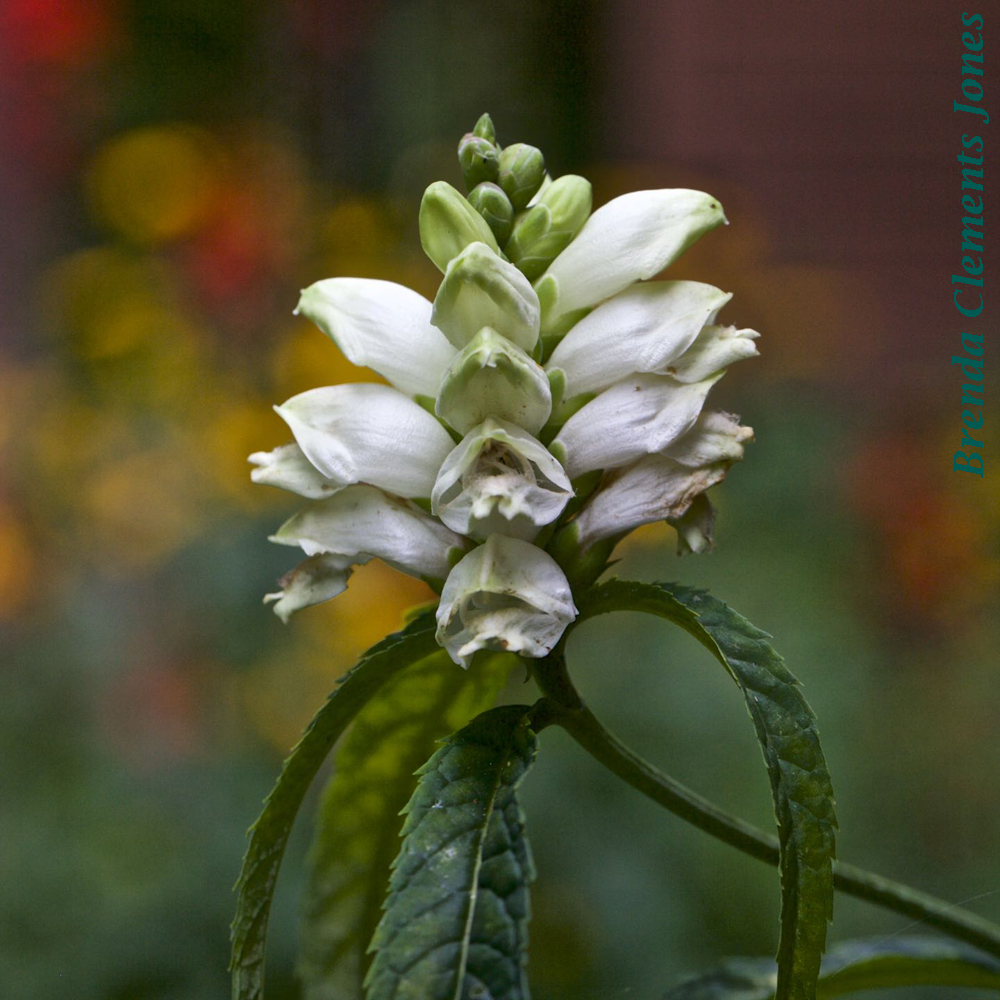
I’ve only ever seen the caterpillar of the Baltimore Checkerspot (Euphydryas phaeton). Never the adult. That one sighting was an hour from my cabin at Buck Hollow in Shenandoah National Park. Since that brief observation I’ve learned that the main larval host plant of the beautiful Baltimore Checkerspot is White Turtlehead (Chelone glabra). I’ve learned…
-
Wild Geranium
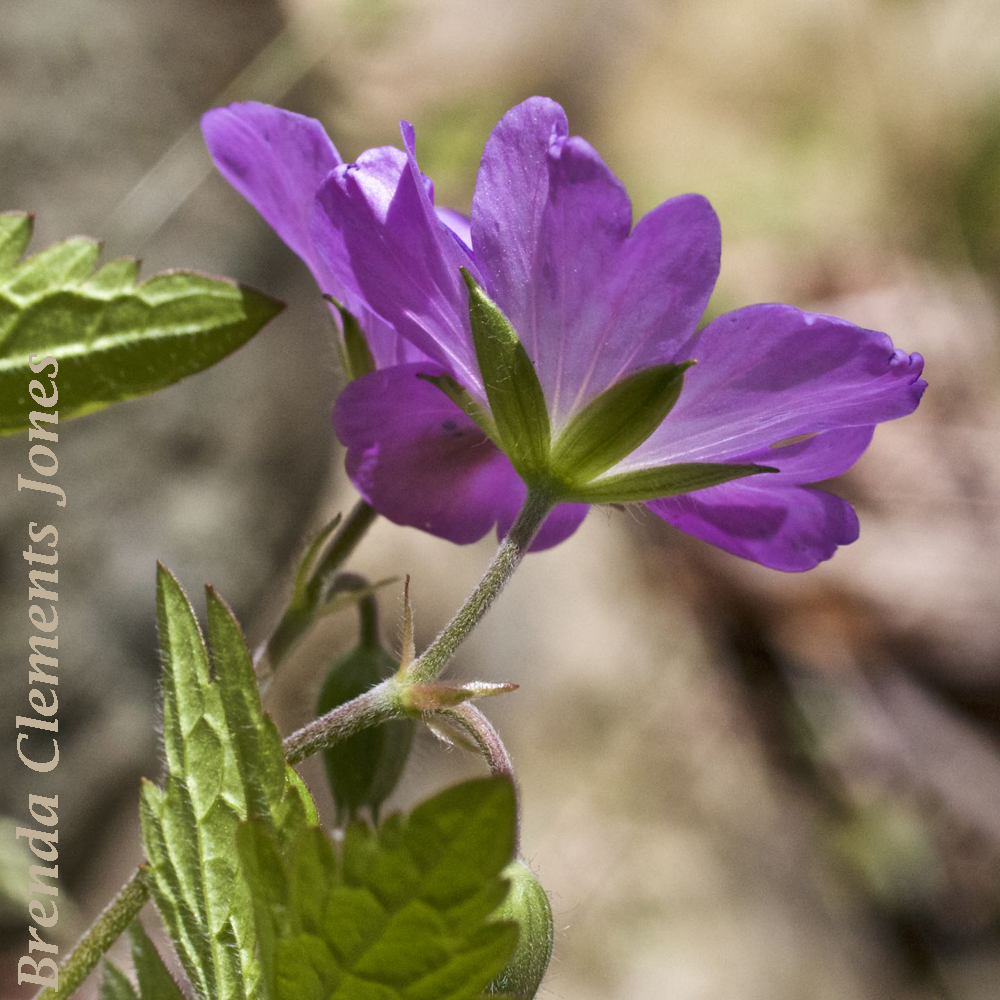
Popping up with their bright pink petals on trail edges. Wild Geranium (Geranium maculatum), an herbaceous perennial native to eastern North America. Before they send up their buds Wild Geranium looks like this. The leaves are palmate with five sizable lobes. The leaves also have smaller lobes and jagged edges. This is what you need to…
-
Blueberries
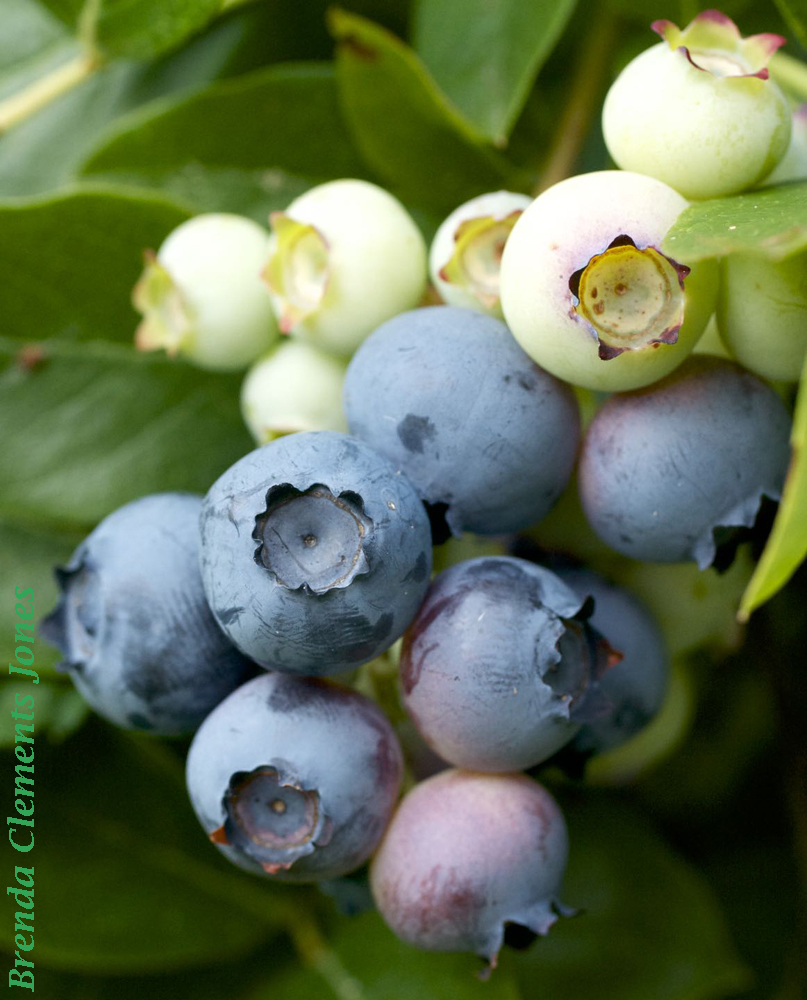
I’m watching both the progress the blueberry blooms are making as well as the calendar. Watching the blossoms grow and mature. Watching the weeks go by on the calendar. Right now in early April there are only tight buds on the many bushes. And it’s hard to say since this is weather related and as…
-
Greenbrier, and Catbrier
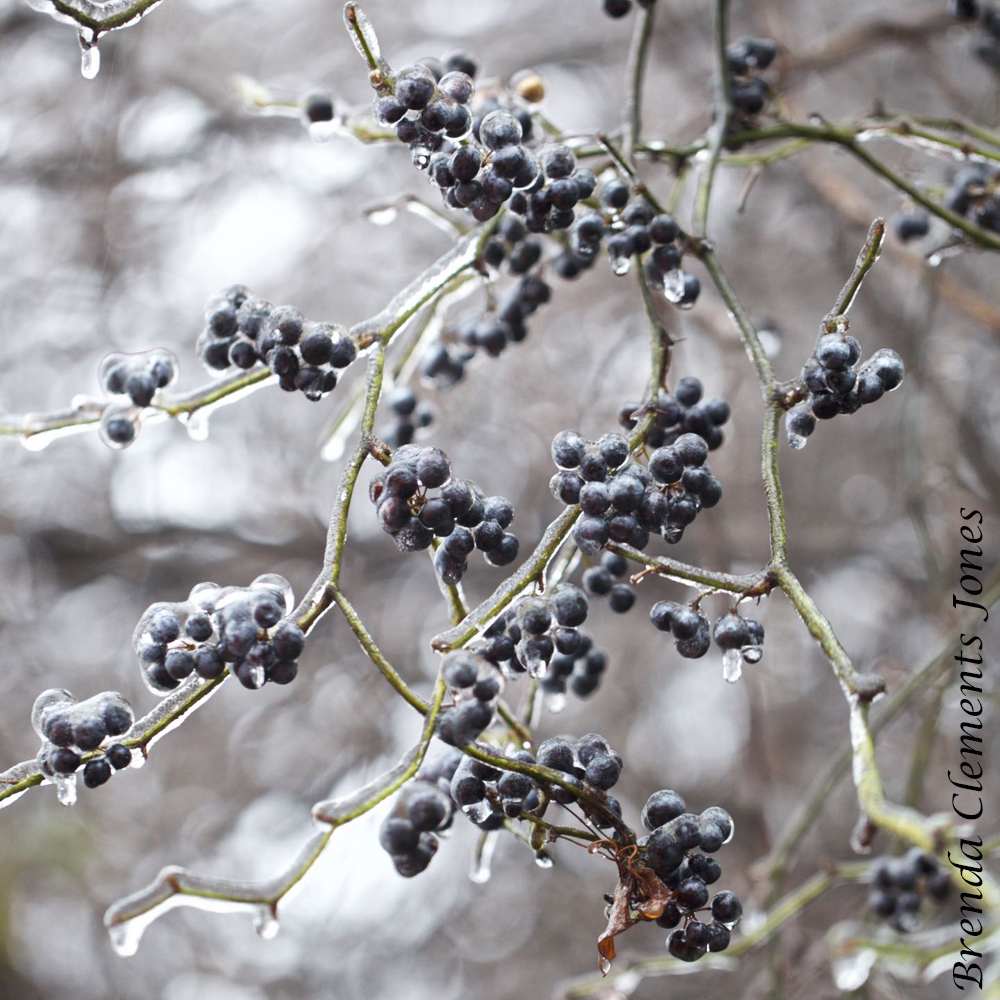
Greenbriers and Catbriers are in the Smilax genus of plants in the family Smilacaceae. About 300 species of these vines live worldwide. Twenty of the species are native to North America north of Mexico. Eleven are native to Virginia. The small flowers of Greenbriers and Catbriers attract bees, beetles, and flies as pollinators, with their…
-
Trout Lily
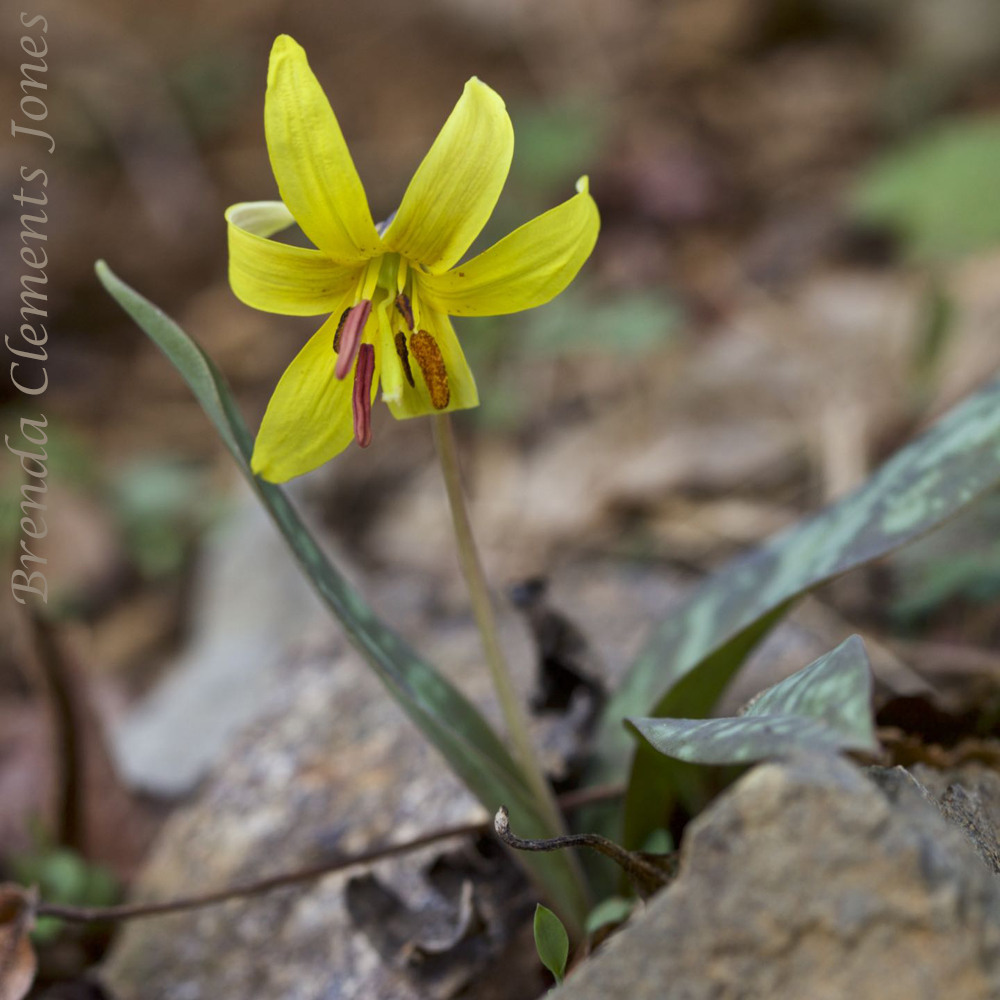
If ever there was the perfect use of the word “diminutive” I think it would be for describing Trout Lily (Erythronium americanum). A lily that grows to be just six inches tall. A bit too big for a doll house but still mighty small for a lily. It’s flower which dips shyly has no petals…
-
Cutleaf Toothwort
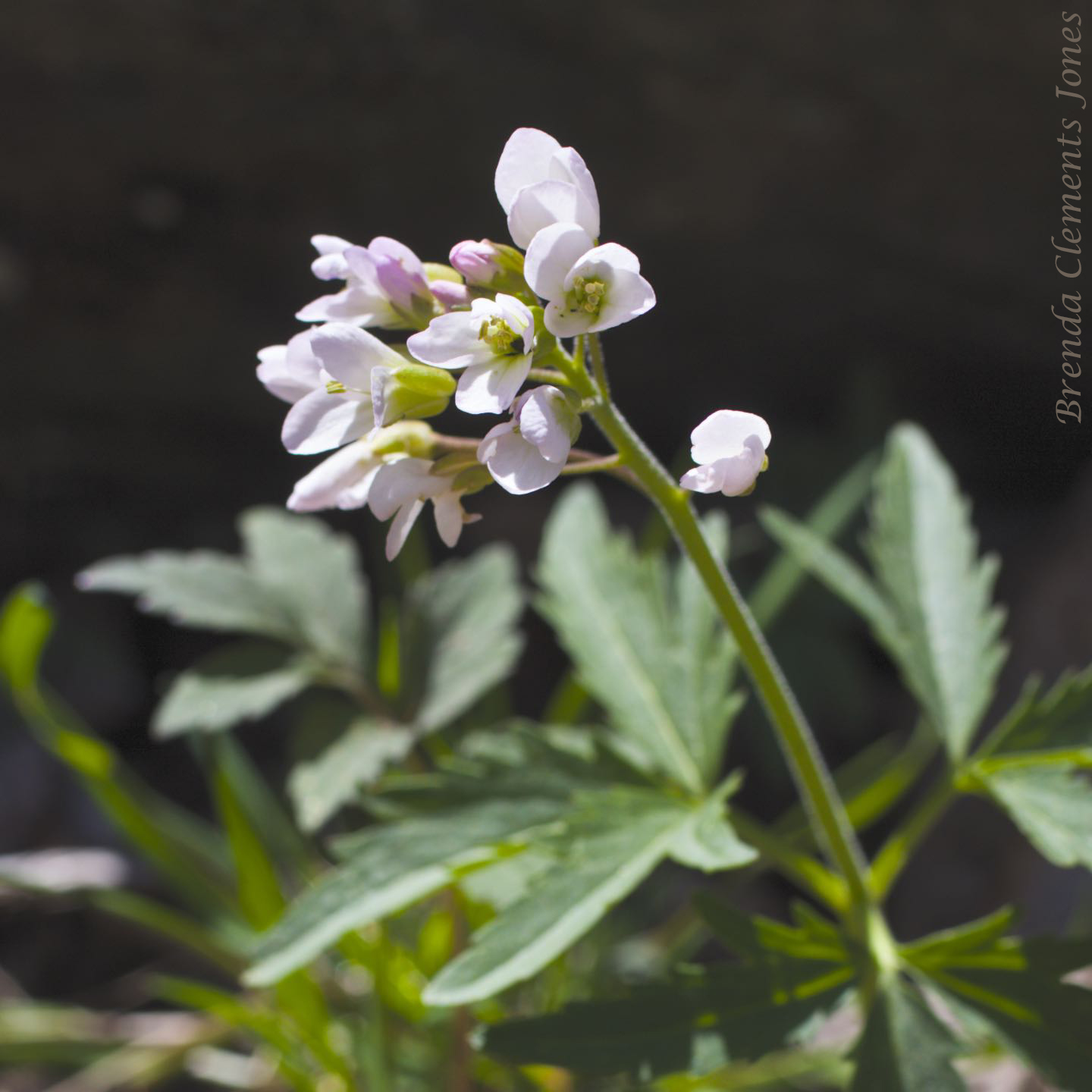
A spring ephemeral, a perennial native to eastern North America. Cutleaf Toothwort (Cardamine concatenata). The “toothwort” of its name is thanks to the appearance of its rhizome. The Cutleaf Toothwort likes woods with mesic soils covered with lots of leaf litter. This certainly must be the description of the woods where I live. Many of…